Column
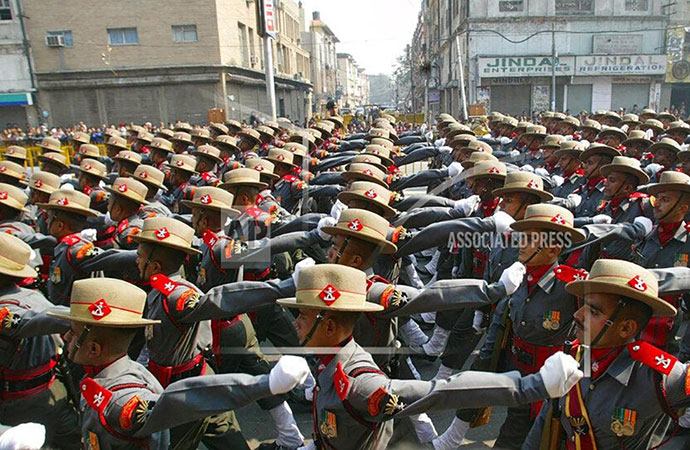
Members of the Assam Rifles march through Delhi during India’s Republic Day on 26 January 2005. PHOTO: AP/UNB
When secessionist movements sprang up across the Eastern European parts of the Ottoman Empire, the great powers of Europe faced the geopolitical Eastern Question. In modern South Asia, the northeastern part of India has been a hotbed of secessionist movements. Last week, the Indian military reportedly conducted cross border raids in Myanmar against Assamese rebels. Indian nationalists in Assam have also stoked fear of Bangladesh as a rallying cry for the region's population against the western neighbor of the seven sisters.
Bangladesh's geopolitics has to contend with the Northeastern Question pertaining to the fragility of India's landlocked northeastern neighborhood. A free, open and stable northeast can be a hinterland for Bangladesh's economy. Some Bangladeshi companies are already operating in the northeastern market. Bangladesh's intelligence apparatus also has historical links with the United Liberation Front of Assam (ULFA). Between 1975 and 2009, covert support was given to Assamese rebels as part of a rivalry between Indian and Bangladeshi intelligence agencies. Indian agencies covertly supported insurgents in the Chittagong Hill Tracts.
The Chief Minister of Assam Himanta Biswa Sarma recently posted on the social media platform X that "Assam has been waging a relentless war against illegal infiltration of Bangladeshi Muslims for several decades." He also remarked about his so-called "uncompromising stand against illegal Muslim immigration from Bangladesh". The Chief Minister's remarks are a travesty. What is happening in Assam is a systematic effort by the ruling BJP to disenfranchise the provincial Bengali Muslim population which has lived in the Indian state for generations.
The roots of the BJP's anti-Bangladesh campaign in the northeast can be traced back to the agitation by the All Assam Students Union in the 1980s. The AASU was formed in response to growing indigenous Assamese nationalism against the provincial Bengali minority. According to the historian Ramachandra Guha, "Bengalis had dominated the middle and lower rungs of the colonial administration. As officials, teachers and magistrates they exercised great authority and power over the local Assamese". Beginning in the late 19th century, the plainlands and forests of Assam were brought under cultivation under a British-sponsored program of settlement for farmers and peasants from what is now Bangladesh.
Between 1905 and 1911, a short-lived administrative province called Eastern Bengal and Assam covered both modern-day Bangladesh and Northeast India. In 1912, Assam became a separate colonial province. In colonial Assam, the Sylhet region was the most populous and politically-influential. Due to Sylhet's large population, Assam was ruled by a Muslim League government led by Sir Muhammad Saadulah. The prominent Bengali politician Maulana Bhashani also began his political career in colonial Assam. At the time of partition, Sylhet voted in a referendum to join East Bengal as part of the Dominion of Pakistan. The aftermath of partition saw a population exchange between East Bengal and Assam. During the Liberation War in 1971, refugees from East Pakistan also took shelter in Assam as Bangladesh was being born.
The historian Guha notes that Assam's economy was dominated by outsiders, with "rich tea plantations of the state mostly owned by firms based in London and Calcutta. Assam had India's most productive oil fields, yet the liquid was pumped up by public sector firms that employed a few locals (and none at the top level of management). Worse, the oil was then sent to refineries located in other states. Local trade and commerce was controlled by Marwaris from Rajasthan. All in all, Assam was an 'internal colony' supplying cheap raw materials for metropolitan India".
The Assam movement by the AASU sought to restrict land and voting rights for the non-Assamese population, particularly the Bengali minority. It was a chauvinistic response to decades of perceived exploitation by the Indian state. The BJP has co-opted the legacy of the AASU to target Bengali-speaking Muslims in Assam who are falsely labelled as 'infiltrators' from Bangladesh. Bengalis compromise an estimated 30% of Assam's population.
The Assam Accord, which was signed in 1985, was meant to mitigate the concerns of the Assamese population. But the BJP has overturned the spirit of the Assam Accord. The National Register of Citizens (NRC) and the 2019 Citizenship Amendment Act have been deployed as weaponized legal instruments to discriminate against the Bengali population in Assam. Bangladesh is being made a scapegoat for the failure of the Indian state to reconcile the Assamese-speaking and Bengali-speaking communities of Assam.
Umran Chowdhury is Assistant Editor of the Dhaka Courier and a Research Associate at the Cosmos Foundation and Bay of Bengal Institute.






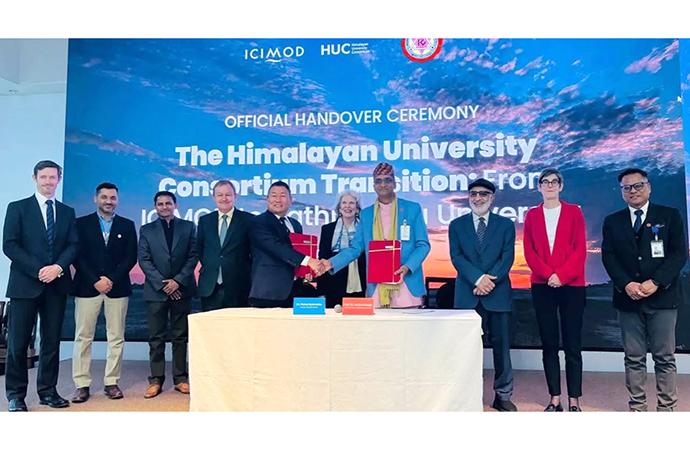



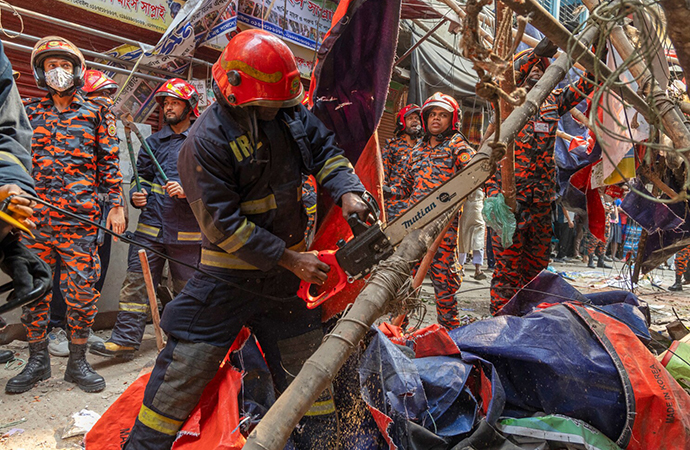
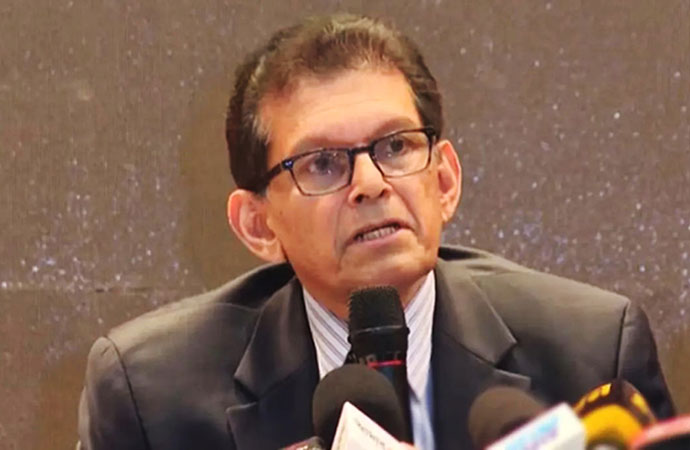
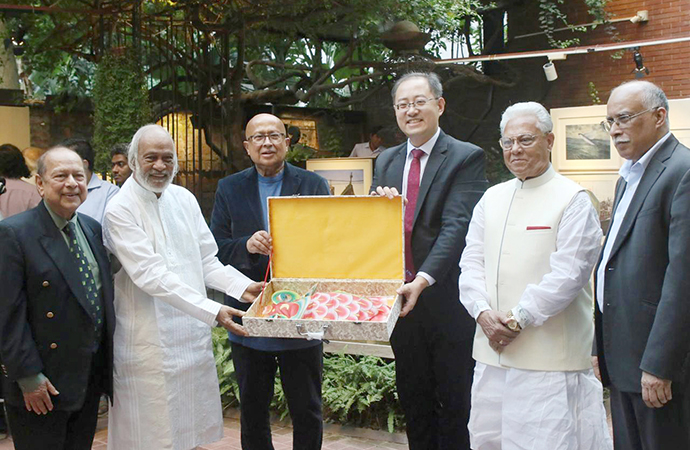





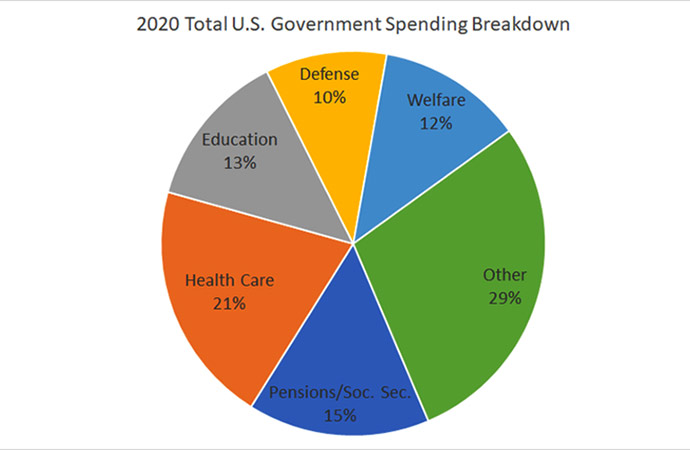



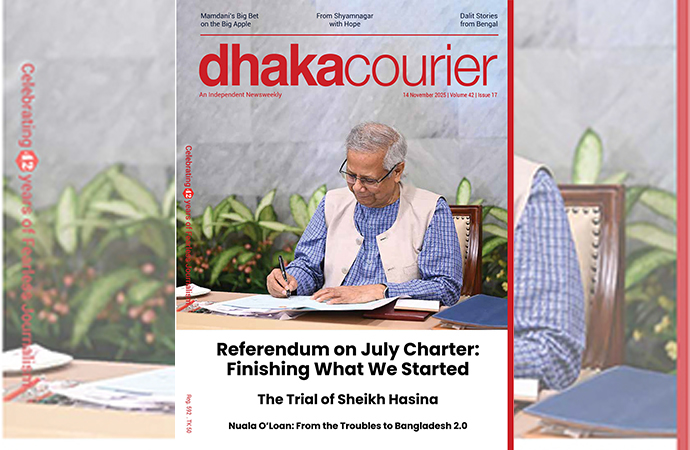
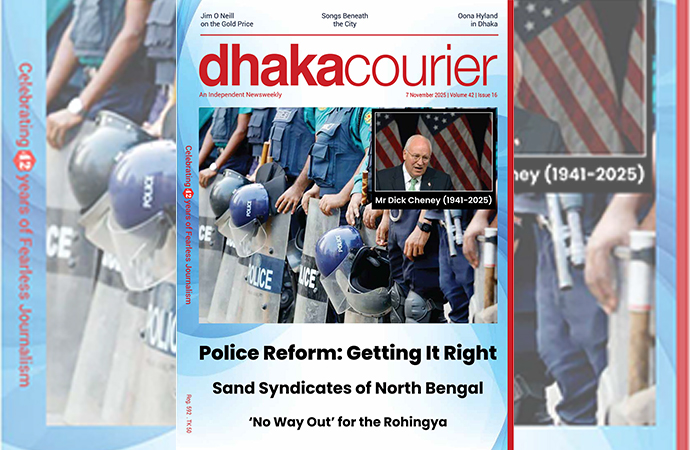
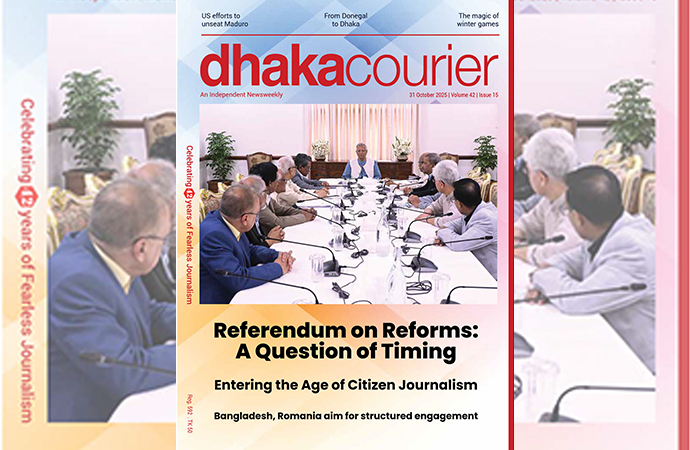
Leave a Comment
Recent Posts
Right On Schedule
The most eagerly anticipated, and frankly hyped up, announcement of an ...
Fighting raged along the borde ...
Fighting raged along the border of Cambodia and Thailand, with explosi ...
ICIMOD drives regional cooperation to inspire new mo ..
The Cage of Captivity and the Cry for Freedom: A Cru ..
Why Japan issued an advisory for a possible megaquak ..
The Autocrats’ War on Universities